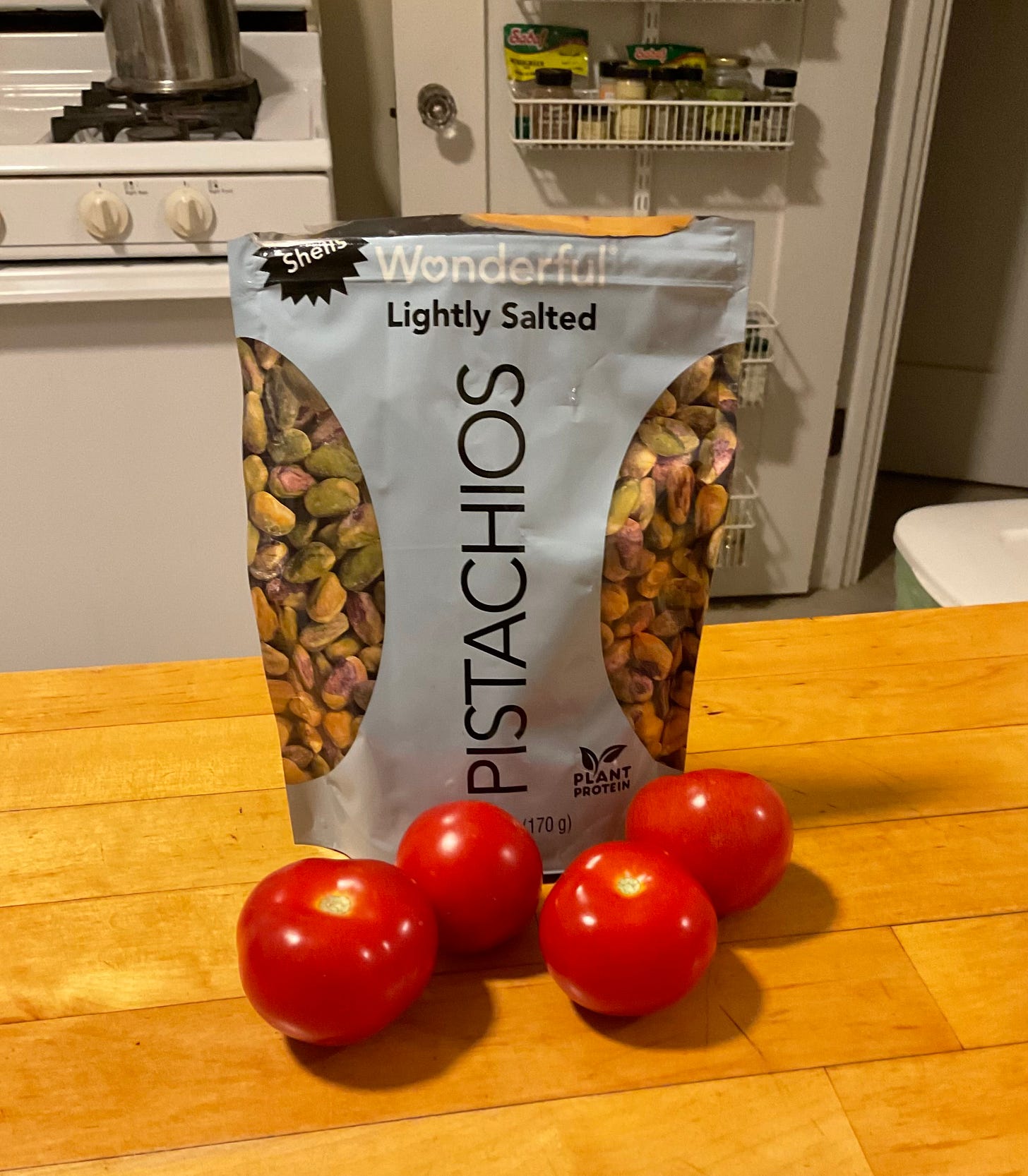Is it time for California to embrace dry farming?
The niche farming technique could save California's water and reduce greenhouse gas emissions.
I’ve lived in Southern California most of my life, and I’ve also studied and written about agriculture for the last 15 or 16 years. So it came as something of a surprise this last week when I learned about dry farming, a water-saving agricultural technique that has been part of California’s farming for decades. As California farmers face more water challenges caused by climate change, it might be time for this niche farming technique to become more mainstream.
Farmers and vignerons developed dry farming to raise crops in parts of the world that have wet winters and dry summers. This is known as a Mediterranean climate, which California shares with a number of places throughout the world. As its name implies, dry farming is simply farming over the course of the dry, summer season with little or no watering or irrigation. Crops rely on the moisture that remains in the soil after winter rains. Tomatoes, corn, squash, even watermelons can be dry farmed.
Dry-farmed crops are planted farther apart, and yields are, of course, lower. But fruits produced by dry farming have more intense flavor. Farmers may produce less, but because their crops are tastier, they can command higher prices.
Dry farming was developed in France, Italy and Spain, probably in the 1800s. Farming in clay soils is preferred, as they naturally retain a lot of water. Other types of soils can be used for dry farming, usually by simply adding compost to the soil.

Dry farming in California commenced during the hippie times in the 1970s, when folks turned their backs on large-scale corporate agriculture and were willing to experiment with new ideas. Needless to say, the flower power Mecca of San Francisco played a part in this story, as the first American dry farms cropped up 30 miles south of the Bay Area. Despite its advantages, dry farming has remained a small slice of California’s agriculture.
Why dry farming?
While people may conjure images of television shows and movie stars when they think of California, the Golden State is all about agriculture. California produces more than 400 fruits, vegetables, meat and dairy products. Over one-third of the vegetables and over three-quarters of the fruits and nuts produced in the United States are grown in California.
Keep reading with a 7-day free trial
Subscribe to The Green Dispatch to keep reading this post and get 7 days of free access to the full post archives.



